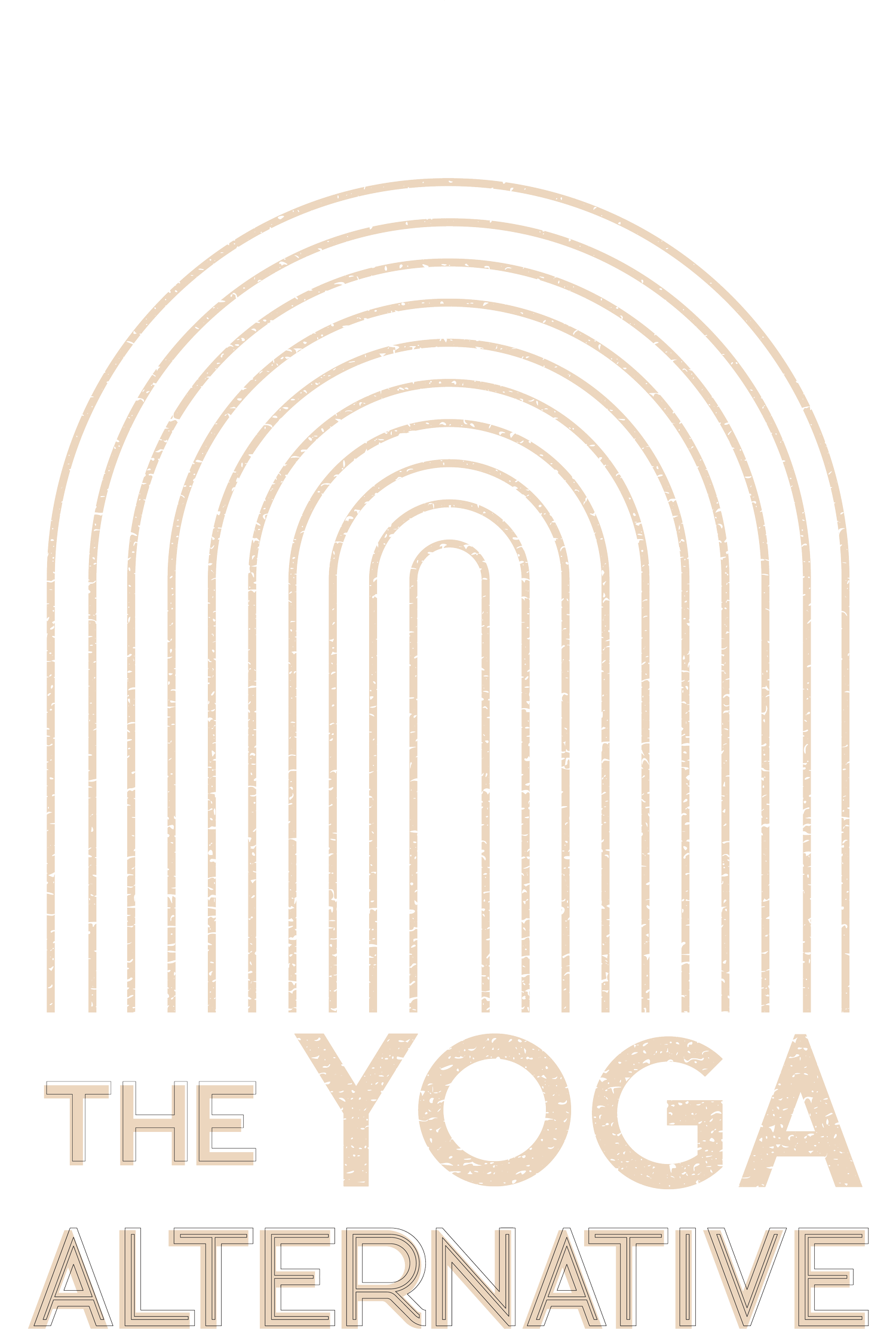Under Pressure
How often do you put weight on your hands? If you’re new to yoga or other movement practices which require it, you might find putting weight into your hands can start to hurt. But dont worry there are ways to reduce severe wrist pain and prevent injury.
Hand activation. This is probably the most important aspect of hand and wrist safety. It can be tough when it’s new, but setting up with your hands on the floor means lots of pressure coming downwards. If you activate your hands, you'll switch on the tiny and (numerous) muscles which support your joints. If you don’t switch these on, all that pressure goes directly into the bones, ligaments, tendons and cartilage.
Here are some basic tips for getting your hands to activate. *Note that these are general principles for hand and wrist support, they don’t necessarily apply in the same way to more complex arm balances or handstands.
Spread your fingers really wide. The further your fingers are apart the wider your base is and the more you spread the load of the downward pressure.
Grip with your finger tips. We want every muscle available to be engaged.
Press your index knuckle down. If this lifts, the pressure will refer to the outside corner of your wrist. This is bad news.
Warm up. The muscles in this area of the body aren't any different from any other. A warm-up activates and primes the connections between your nerve and muscles, which improves the efficiency of movement. This is especially important when we're doing something relatively new.
Here are some pre - class warm ups and strengthening exercises you can try.
Wrist rolls - make circles in both directions
Open Shut Them. Reach your hands to the sky with your palms facing forward and open and close your hands energetically. Go slowly at first and make it strong, then pick up the pace to feel the burn!
Recovery. Stretch you hands and wrists. This is the best way to prevent muscle soreness after exercise. The body needs recovery!
In the past, I have experienced sever wrist pain - which I discovered to be related to tension in my wrists and forearms.
Yoga for many people means activating new muscle groups. When we work muscles hard for the first time in a while, they get fatigued and can seize up. This will be especially true if (like most people) you don't put weight on your hands often - so it's entirely likely that most of these muscles won’t be very strong. This requires the strongest muscles take over because the supporting muscles haven't developed yet - which takes time. So look after those bigger muscle groups which are working extra hard by stretching after class.
Here's a couple of simple stretches. Try them after exercise.
Stop! Push you palm forward and use your other hand to pull your fingers (and thumb) back towards you.
Reverse stop. Flip your hand down so the back of your hand is facing out. Pull the hand back towards you.
Bulldog. On your hands and knees face your palms up with your fingers towards the middle of the mat. Add a little bend of the elbows and open and close your palms.
Looking after your hands is so important for longevity in your practice. So if your having issues, give these things a try and see how they go
Of course always seek proper medical advice if you have ongoing issues or severe pain.
Good luck!

